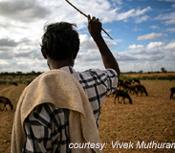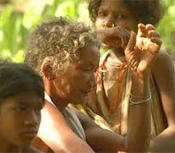Multi-generational oxidation model to simulate secondary organic aerosol in a 3-D air quality model
Multi-generational gas-phase oxidation of organic vapors can influence the abundance, composition and properties of secondary organic aerosol (SOA). Only recently have
SOA models been developed that explicitly represent multi-generational SOA formation. In this work, we integrated the statistical oxidation model (SOM) into SAPRC-11 to
simulate the multi-generational oxidation and gas/particle partitioning of SOA in the regional UCD/CIT air quality model. In SOM, evolution of organic vapors by reaction with
the hydroxyl radical is defined by (1) the number of oxygen atoms added per reaction, (2) the decrease in volatility upon addition of an oxygen atom and (3) the probability that 10 a given reaction leads to fragmentation of the organic molecule.







